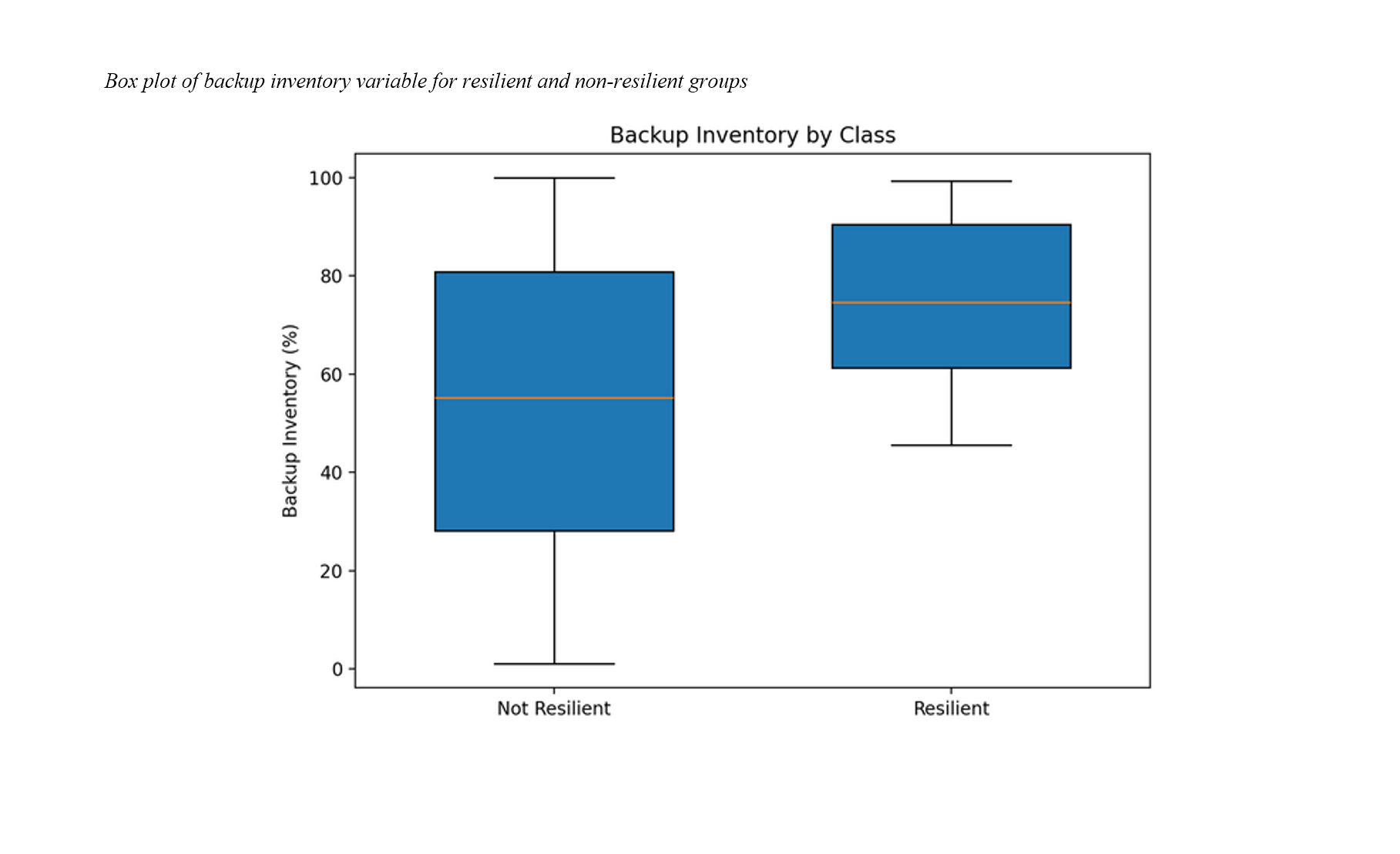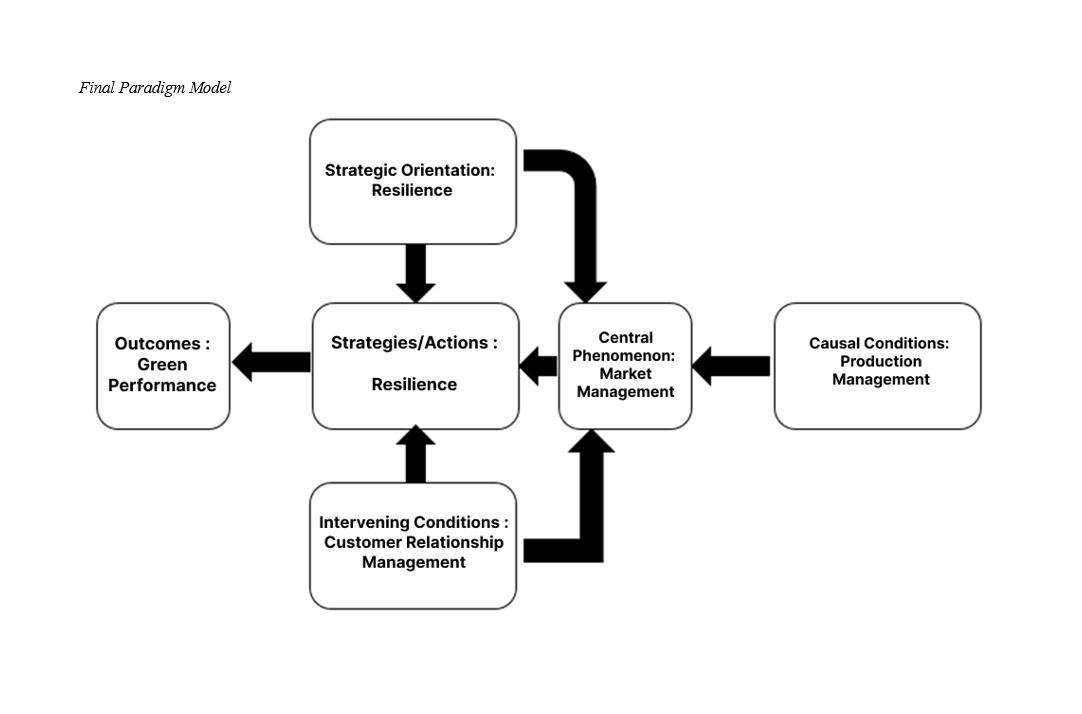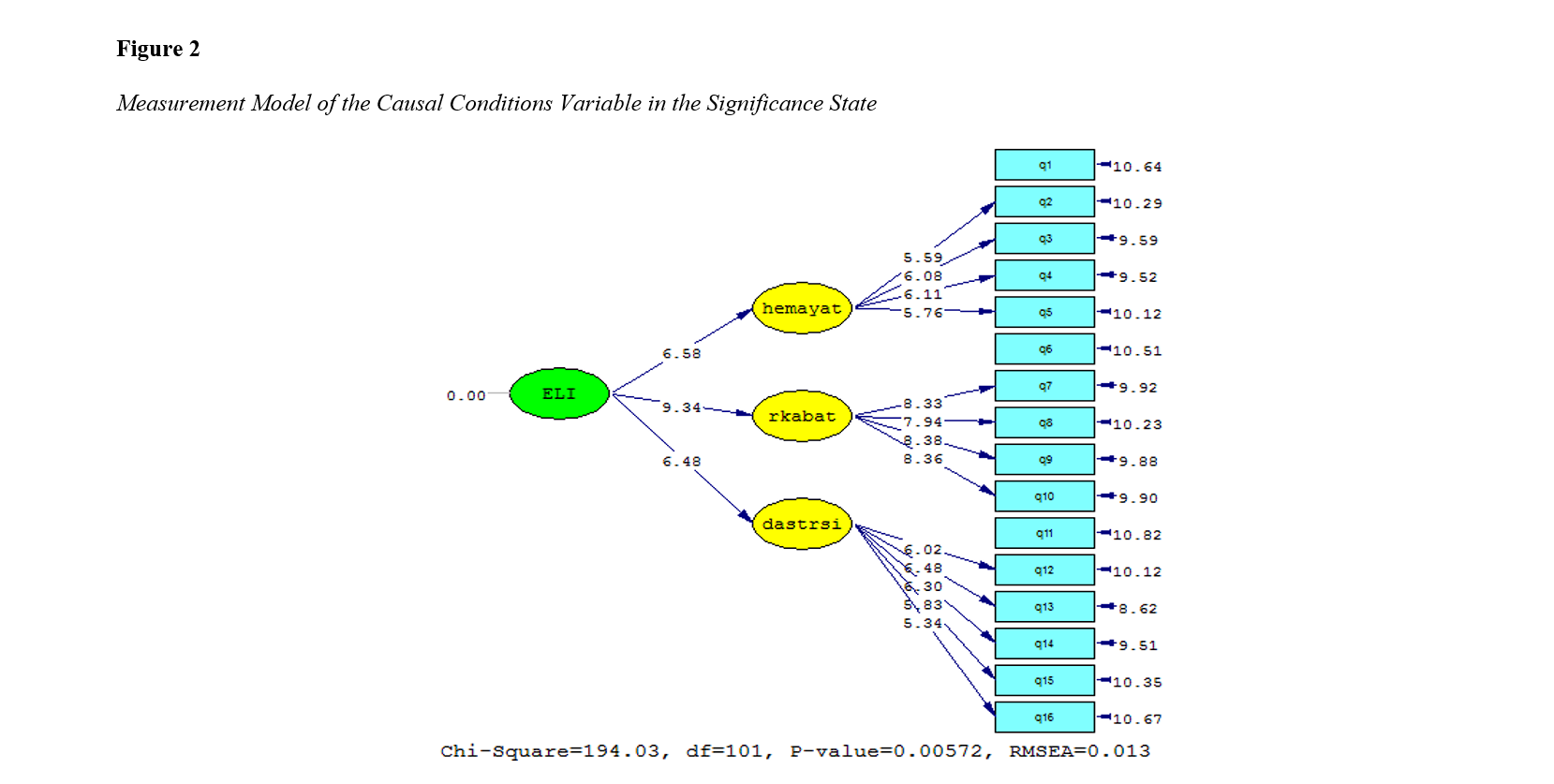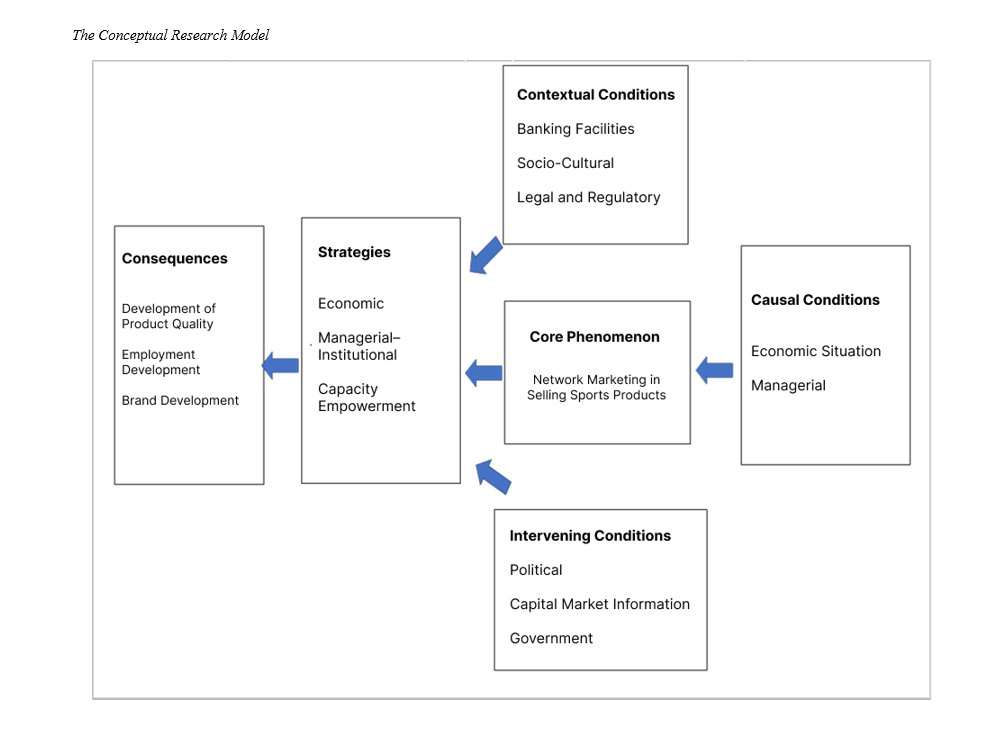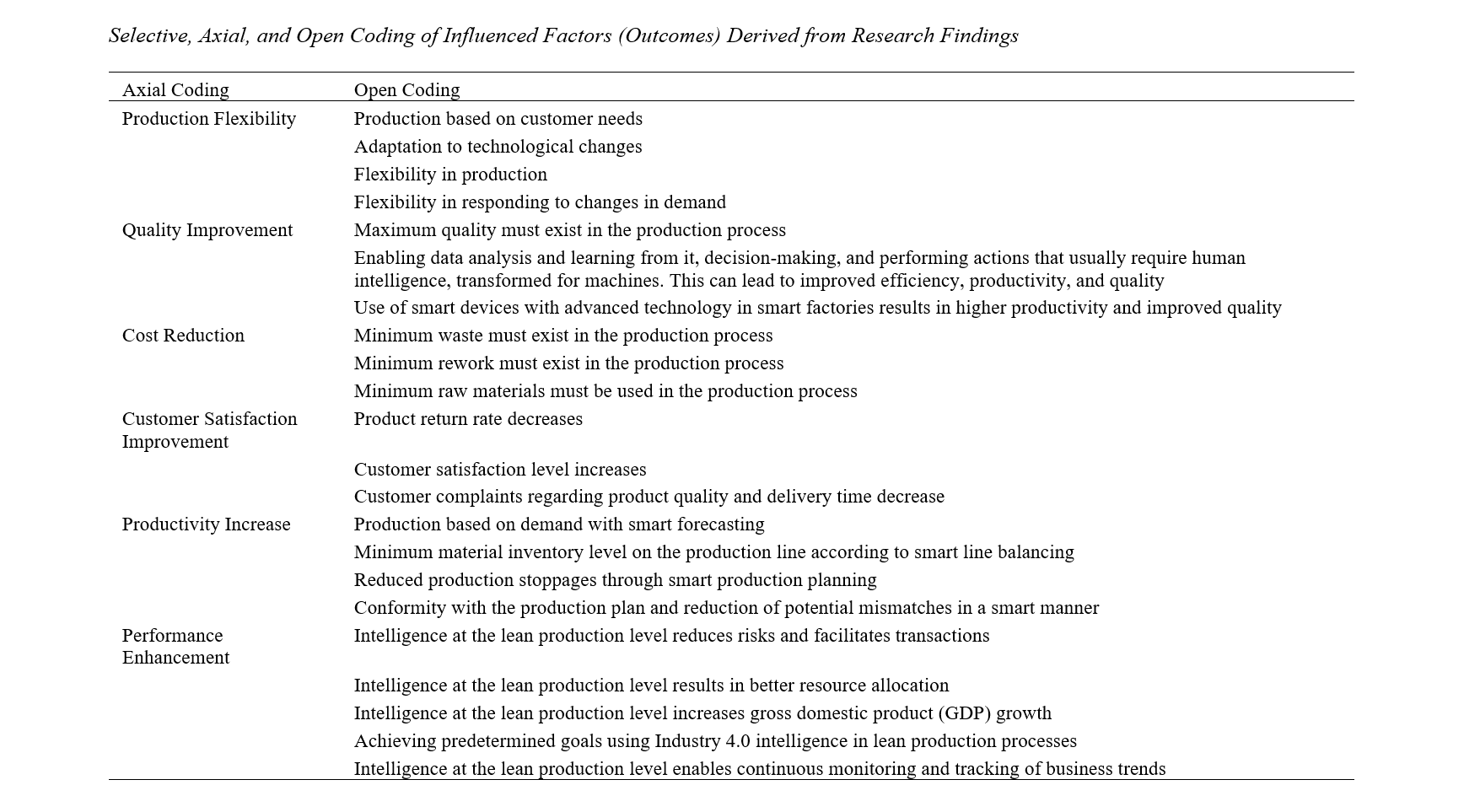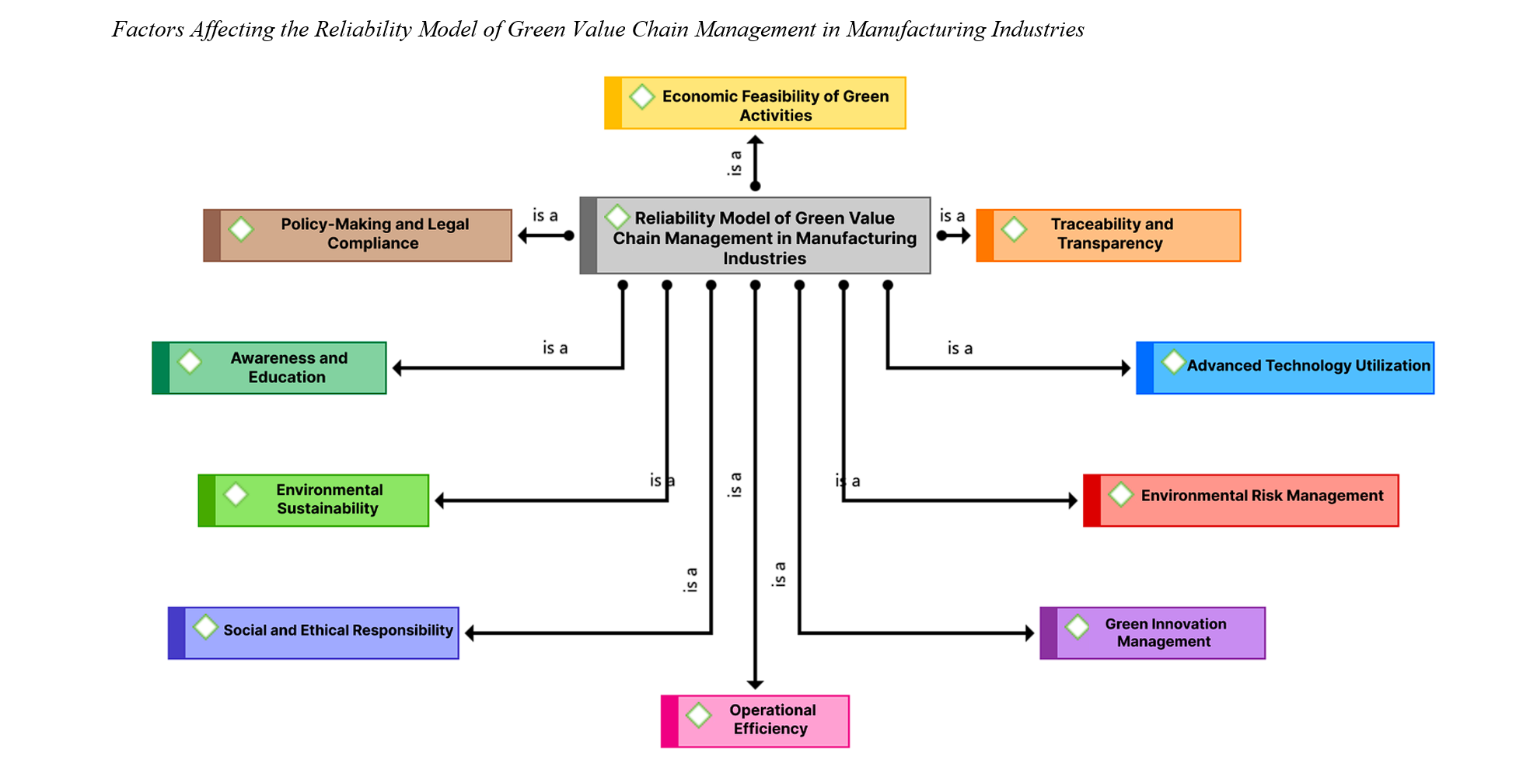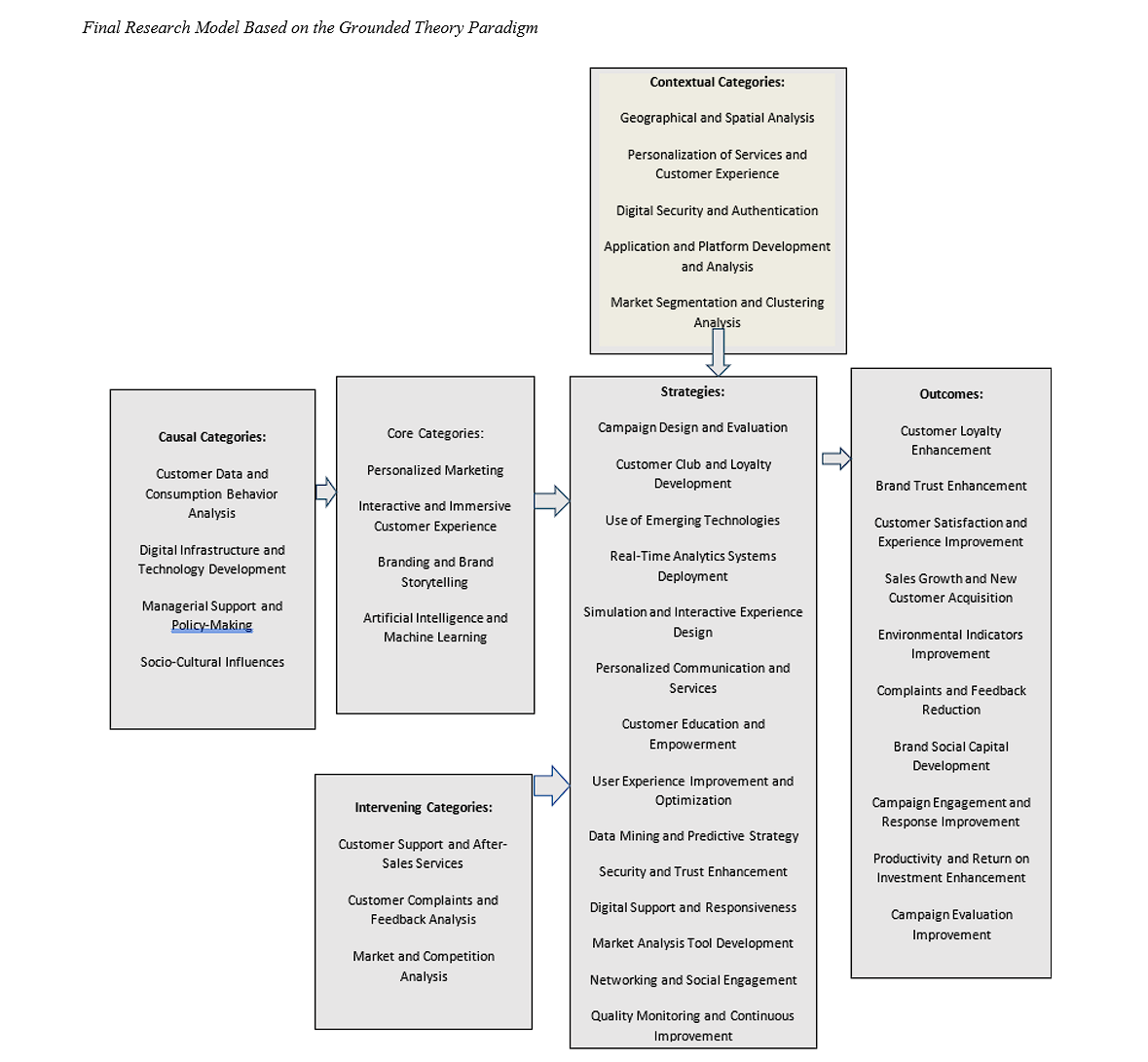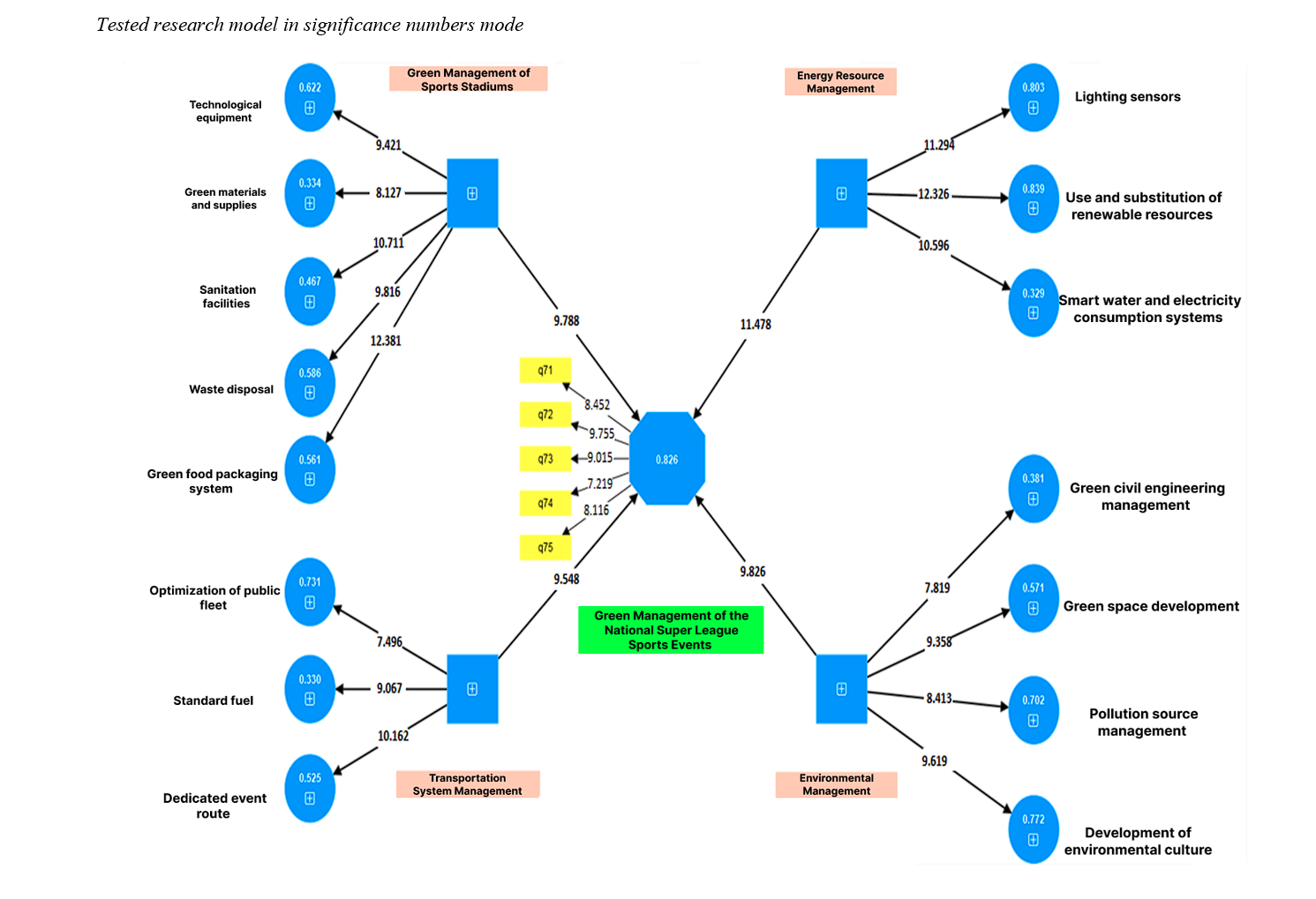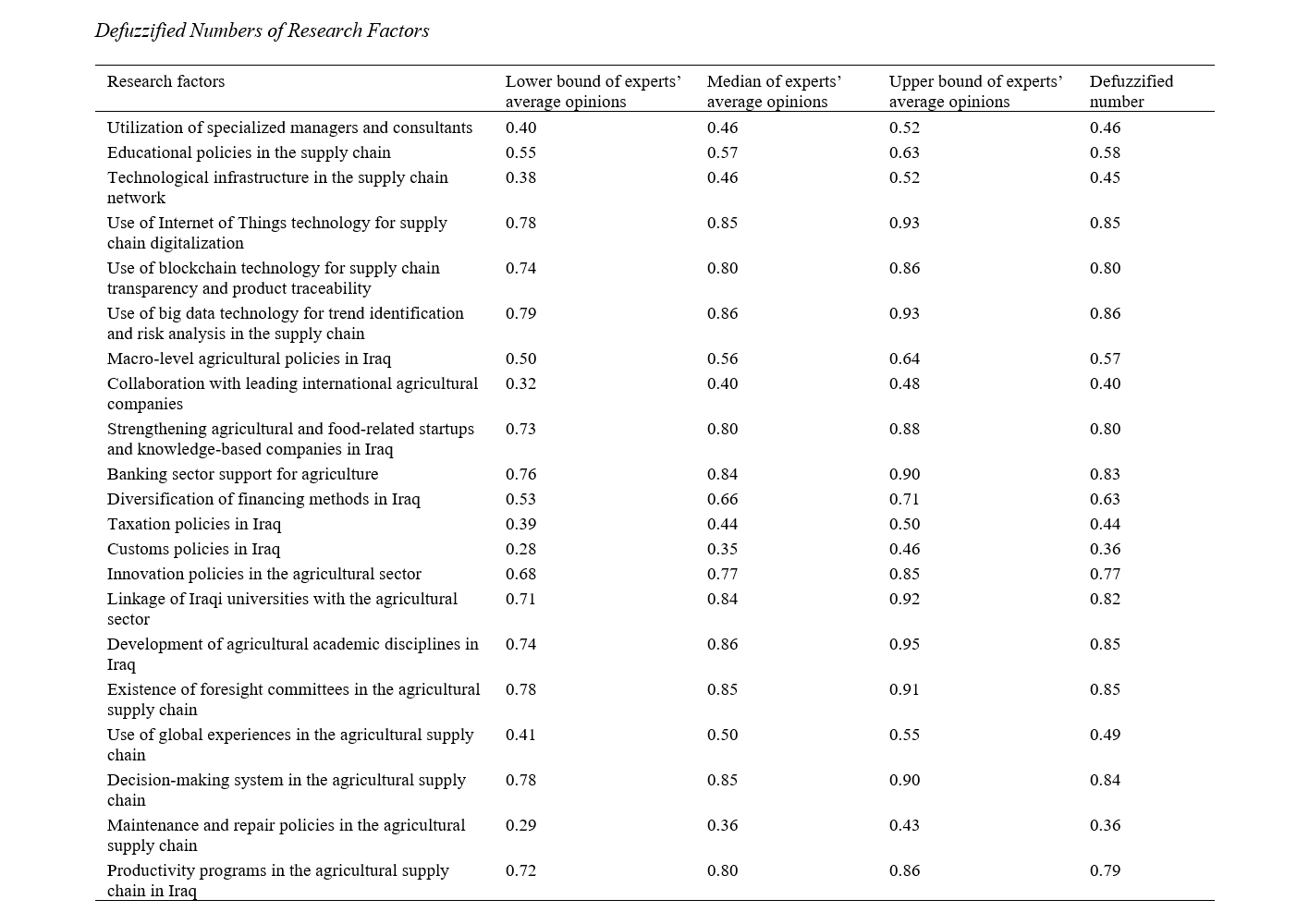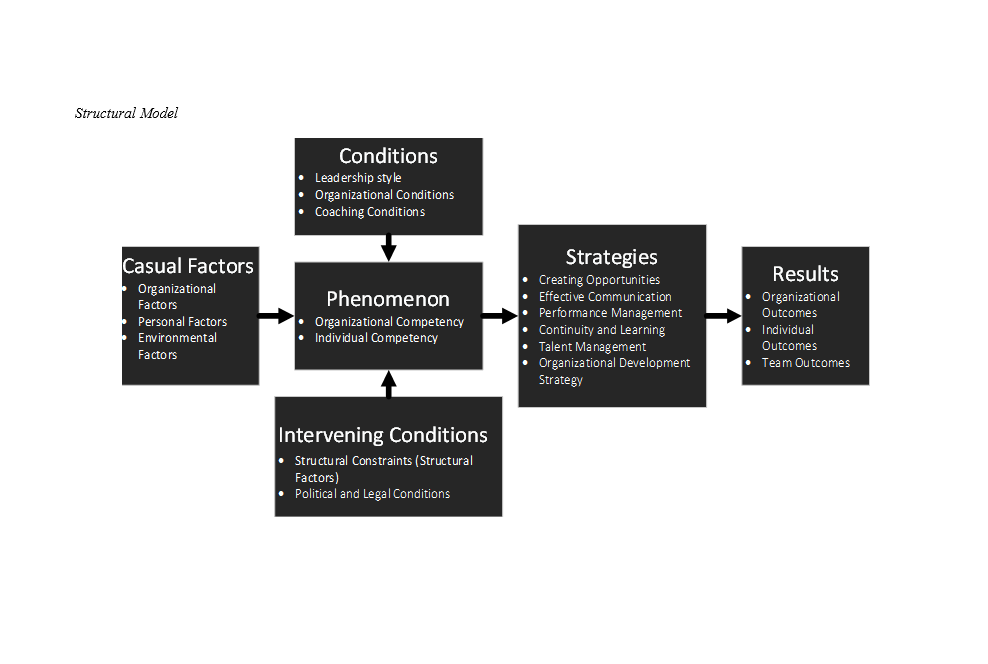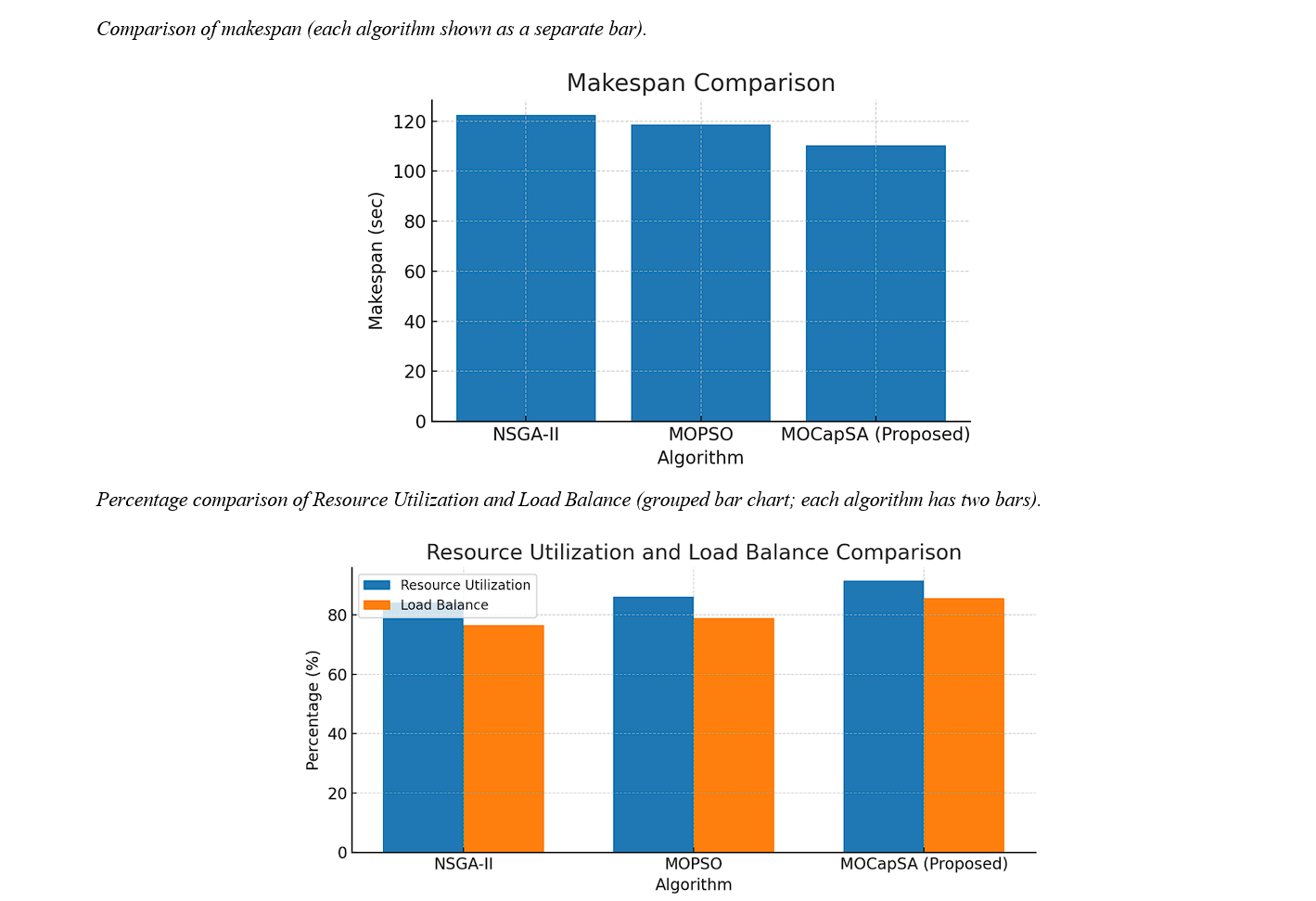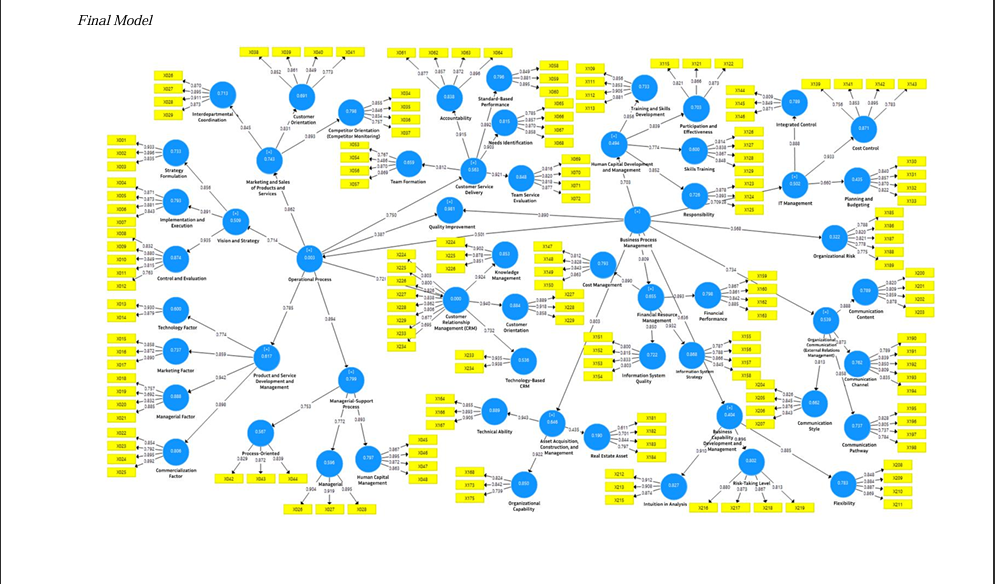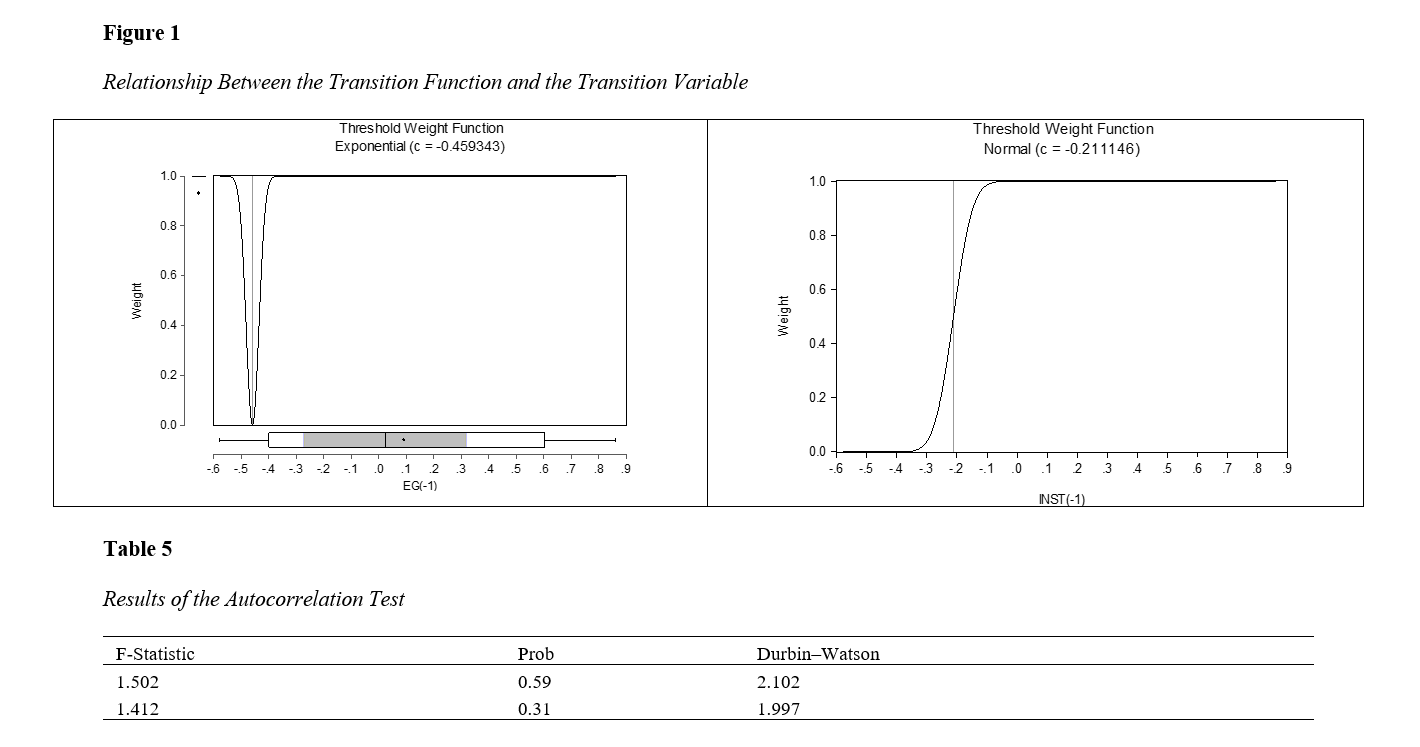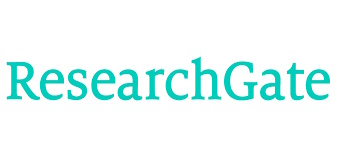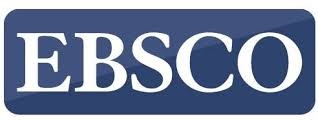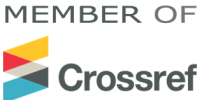About the Journal
The Journal of Resource Management and Decision Engineering is a pioneering open access, peer-reviewed journal committed to disseminating cutting-edge research and practical insights into the complex world of resource management and decision-making processes. Our mission is to foster a dialogue among professionals, researchers, and practitioners to enhance the understanding and practice of efficient resource allocation and decision-making strategies across various disciplines. Our open access mandate supports a broader global exchange of knowledge, making research freely available to the international community without any barriers.
This journal adheres to the ethical standards in publications and complies with the regulations of the Committee on Publication Ethics (COPE). It also follows the executive bylaw for the prevention and handling of academic misconduct.
Aims and Scopes
JRMDE aims to:
- Advance the theoretical foundations and practical applications of decision engineering and resource management across various engineering disciplines, including computer, electrical, civil, mechanical, and industrial engineering.
- Promote interdisciplinary research that addresses significant challenges in the allocation and management of resources across diverse sectors.
- Provide a platform for innovative ideas and novel methodologies that can influence policy-making and operational practices.
- Encourage the integration of technology and analytical tools in decision-making processes to enhance effectiveness and efficiency within the fields of computer, electrical, civil, mechanical, and industrial engineering.
Scope
The scope of JRMDE encompasses a wide array of topics within resource management and decision engineering, including but not limited to:
- Theoretical models and practical applications of decision analysis across computer, electrical, civil, mechanical, and industrial engineering.
- Resource allocation policies and strategies pertinent to various engineering disciplines.
- Sustainability and environmental impact assessments in resource management, with applications in civil and environmental engineering.
- Technological advancements and their impact on resource planning in computer, electrical, mechanical, and industrial engineering.
- Ethical considerations and societal impacts of decision-making processes in engineering fields.
Fields and Areas Covered
JRMDE covers a broad spectrum of fields and areas, reflecting the interdisciplinary nature of resource management and decision engineering:
- Business and Economics: Corporate decision-making processes, economic planning, and financial impacts of resource management strategies.
- Environmental Sciences: Environmental policy, natural resource management, and strategies for sustainable development.
- Engineering and Technology:
- Computer Engineering: Development of algorithms and software for decision support systems, and the role of artificial intelligence in resource management.
- Electrical Engineering: Optimization of electrical grids, smart grid technologies, and energy resource management.
- Civil Engineering: Infrastructure planning, construction resource allocation, and sustainable urban development.
- Mechanical Engineering: Efficiency improvements in mechanical systems, manufacturing resource management, and automation technologies.
- Industrial Engineering: Process optimization, supply chain management, and integration of industrial systems for resource efficiency.
- Public Policy and Administration: Governance of resources, public health decision-making, and infrastructure planning.
- Healthcare and Life Sciences: Resource allocation in healthcare, biomedical decision support systems, and public health logistics.
- Data Science and Analytics: Big data applications in decision-making, predictive analytics for resource management, and machine learning techniques.

